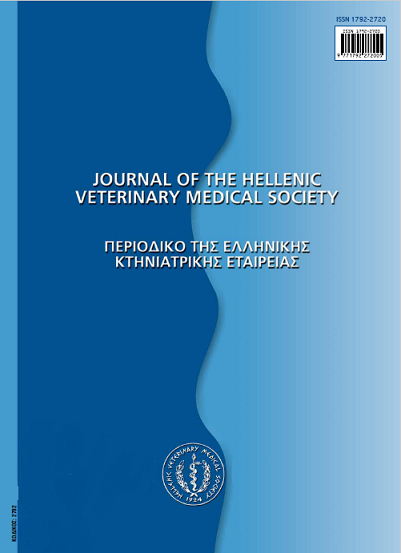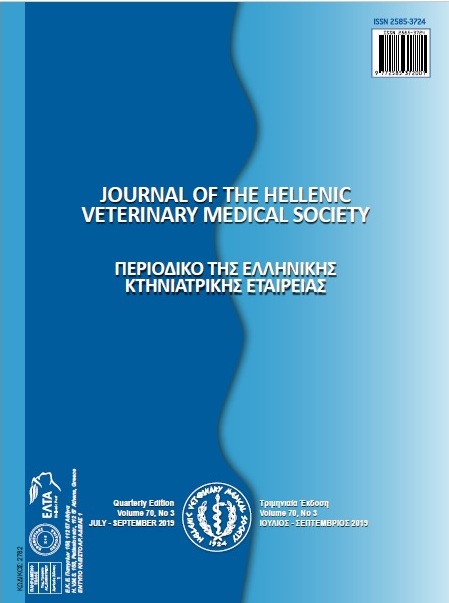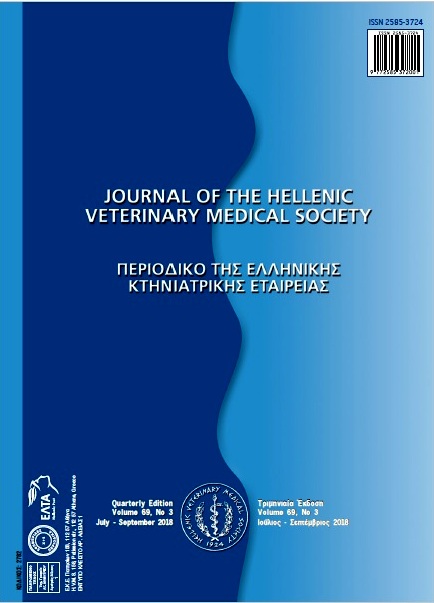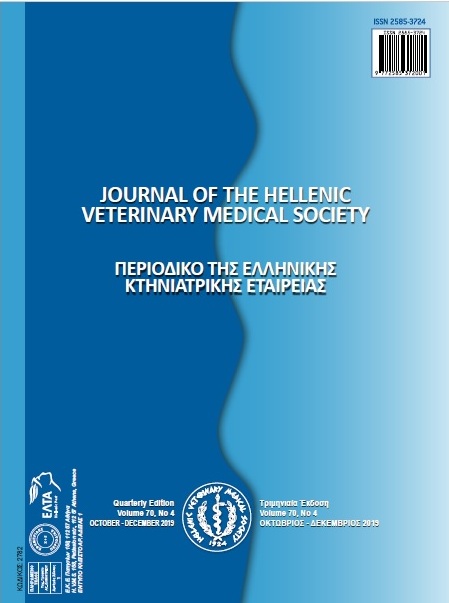The effect of aminophylline on trans-diaphragmatic pressure in isoflurane anaesthetised dogs undergoing castration

Abstract
The trans-diaphragmatic pressure (Pdi)is the main indicator of diaphragmatic contractility and the influence of many different drugs on Pdi has already been studied. The main aim of this study was to investigate the effect of aminophylline on Pdi in anaesthetised dogs. Eighteen, healthy, client-owned, male dogs undergoing castration were recruited in the study. All the animals were premedicated with dexmedetomidine and morphine. Anesthesia was induced with propofol to effect and maintained with isoflurane in oxygen. Animals were randomly allocated into two groups. In the animals of the aminophylline group (group A), aminophylline was administered as an intravenous bolus at 4mg/kg after induction, whereas in the animals of the control group (group C), no aminophylline was given. When the surgical plane of anesthesia was achieved, two balloon catheters, one in the stomach and one in the mid-third of the oesophagus were inserted for Pdi measurement. The two groups differed non-significantly with regards to Pdi (p=0.182). The results of the study could be viewed as an indication that the aminophylline might increase diaphragmatic contractility if also proven in a larger population of animals’.
Article Details
- How to Cite
-
PAVLIDOU, K., SAVVAS, I., MOENS, Y., KAZAKOS, G., & RAPTOPOULOS, D. (2018). The effect of aminophylline on trans-diaphragmatic pressure in isoflurane anaesthetised dogs undergoing castration. Journal of the Hellenic Veterinary Medical Society, 69(1), 831–838. https://doi.org/10.12681/jhvms.16437
- Issue
- Vol. 69 No. 1 (2018)
- Section
- Research Articles

This work is licensed under a Creative Commons Attribution-NonCommercial 4.0 International License.
Authors who publish with this journal agree to the following terms:
· Authors retain copyright and grant the journal right of first publication with the work simultaneously licensed under a Creative Commons Attribution Non-Commercial License that allows others to share the work with an acknowledgement of the work's authorship and initial publication in this journal.
· Authors are able to enter into separate, additional contractual arrangements for the non-exclusive distribution of the journal's published version of the work (e.g. post it to an institutional repository or publish it in a book), with an acknowledgement of its initial publication in this journal.
· Authors are permitted and encouraged to post their work online (preferably in institutional repositories or on their website) prior to and during the submission process, as it can lead to productive exchanges, as well as earlier and greater citation of published work.






